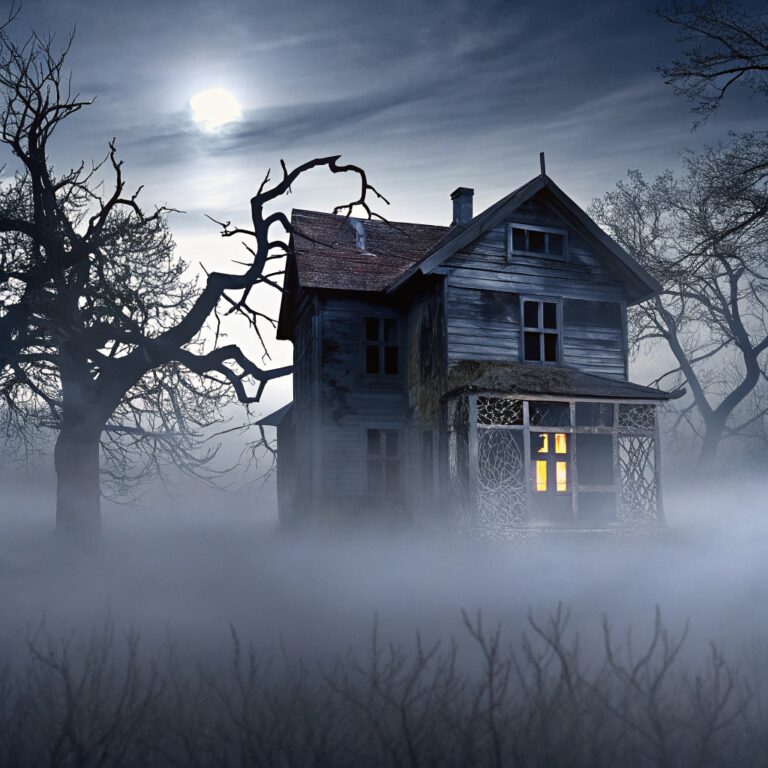
The horror genre delves deep into the darkest corners of the human experience, blending fear, dread, and the supernatural to evoke a sense of unease that lingers long after the story ends. These chilling tales drag you through nightmarish realms, where danger hides in plain sight, and the unknown is far more terrifying than anything imaginable. Horror keeps you on the edge with its ability to unearth your deepest fears.
At its core, the horror genre explores:
From haunted houses to twisted creatures lurking in the dark, this genre thrives on psychological terror and grotesque imagery, capturing readers in a grip of fear and fascination. It plays with our deepest anxieties and fears, leaving a lasting impact that goes beyond the final page.
Writing a horror story means creating a narrative that taps into primal fears, amplifying suspense, dread, and terror at every turn. From crafting unsettling atmospheres to exploring dark themes, each element of the story should provoke anxiety, intrigue, and fear. Here’s a step-by-step guide to conjure a truly horrifying tale:
6. Deliver a Terrifying, Lasting Conclusion
End your horror story with a resolution that feels both inevitable and chilling. Whether you leave a lingering sense of unease or a shocking twist, ensure the conclusion haunts readers long after the book is closed. The terror should stay with them, leaving a gnawing sense of dread that won’t fade easily.
Horror novels have terrified, captivated, and haunted readers for decades, blending the supernatural with psychological fear. Here are five classic horror books that shaped the genre:
Dracula by Bram Stoker
Did you know? Stoker’s Dracula was inspired by Eastern European folklore and legends, particularly the real-life figure Vlad the Impaler, known for his gruesome cruelty.
Frankenstein by Mary Shelley
Did you know? Shelley conceived the idea for Frankenstein during a ghost story challenge while staying in Lord Byron’s villa. The novel would go on to become one of the earliest and most influential science fiction and horror tales.
The Shining by Stephen King
Did you know? King wrote “The Shining” while battling alcoholism, using the isolated setting of the Overlook Hotel as a metaphor for his own personal demons and struggles.
Psycho by Robert Bloch
Did you know? Bloch based Norman Bates on real-life serial killer Ed Gein, whose gruesome crimes inspired numerous horror stories, making Bates one of the genre’s most chilling characters.
The Haunting of Hill House by Shirley Jackson
Did you know? Jackson’s tale of a haunted house was inspired by her own struggles with mental illness, and it remains one of the most famous psychological horror novels of all time.
This sub-genre focuses on the mental and emotional states of characters, exploring themes of insanity, paranoia, and fear. The horror often arises from the characters’ inner struggles, making the terror feel deeply personal and unsettling.
Set in eerie, decaying locations like haunted mansions or isolated castles, Gothic horror emphasizes atmosphere and mood, often mixing supernatural elements with intense psychological and emotional drama.
Example: Rebecca by Daphne du Maurier.
This sub-genre involves ghosts, demons, and otherworldly forces that defy the laws of nature. The horror stems from the fear of the unknown, with paranormal events creating a sense of helplessness and dread.
Example: The Amityville Horror by Jay Anson
Monster horror revolves around creatures like vampires, werewolves, or unnatural beasts, often portraying them as the embodiment of primal fear. These stories typically focus on survival and the terror of being hunted.
Example: Dracula by Bram Stoker.
Known for its graphic violence and gory kills, slasher horror involves a killer who stalks and murders a group of people, often with a personal vendetta. The sub-genre is characterized by suspense, shock, and gore.
Example: Psycho by Robert Bloch.
Ready to share your story?
Tell us what you need—we’ll help bring your book to life.
